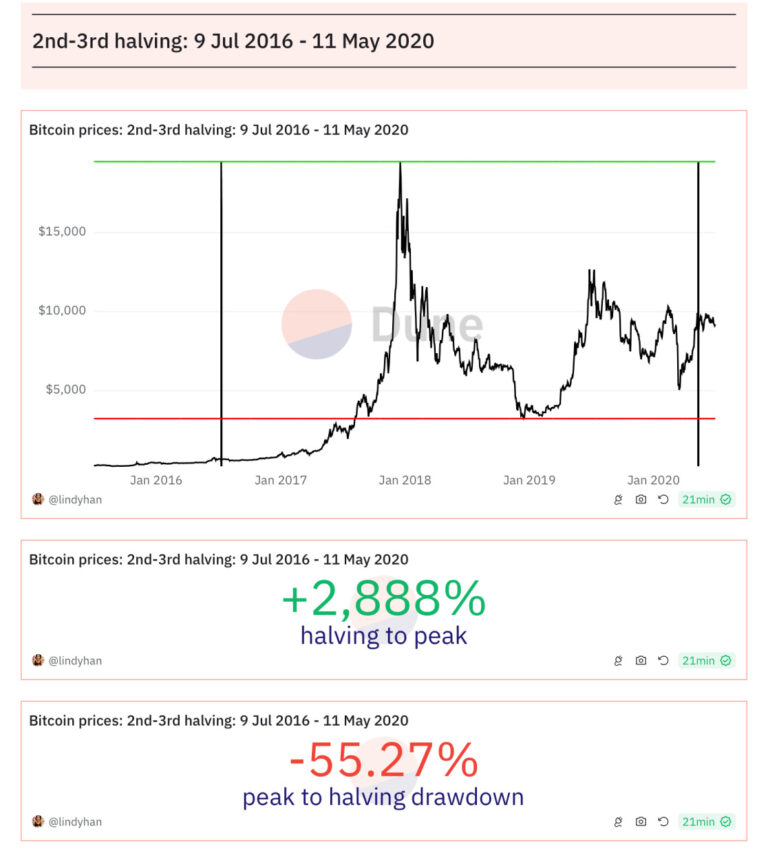
Introduction
In the evolving landscape of digital finance, cryptocurrency has established itself as a significant player. Among the various platforms that facilitate the buying, selling, and trading of cryptocurrencies, Coinbase remains a frontrunner. Founded in 2012, Coinbase has gained immense popularity and trust among users, making it an essential topic as cryptocurrency continues to grow.
About Coinbase
Coinbase is a digital currency wallet and platform where merchants and consumers can transact with new digital currencies like bitcoin, ethereum, and litecoin. Operating in over 100 countries, Coinbase has over 89 million verified users and holds more than $255 billion in crypto assets as of 2023. The exchange’s user-friendly interface and high-level security features are key components of its widespread adoption.
Recent Developments
In recent months, Coinbase has made headlines, particularly after a pivotal decision by the U.S. Securities and Exchange Commission (SEC). As regulators tighten scrutiny over cryptocurrency exchanges, Coinbase has worked to ensure compliance with SEC regulations, recently launching its own custody service to support institutions. This move allows Coinbase to cater not only to retail investors but also to significant players in the finance industry, further legitimizing its platform.
Moreover, Coinbase has made headlines due to its collaborations with various fintech companies and institutions, especially in creating educational programs on cryptocurrencies. The platform launched ‘Coinbase Earn,’ allowing users to learn about crypto while earning small amounts of cryptocurrency as an incentive. This initiative promotes awareness and understanding, addressing the concern of knowledge gaps among potential users.
Challenges and Future Prospects
Despite its success, Coinbase faces regulatory challenges and competition from other cryptocurrency platforms. For instance, the rise of decentralized exchanges (DEXs) poses an ongoing challenge to traditional centralized exchanges like Coinbase. However, Coinbase is diversifying its portfolio and has ambitions to expand into new areas, such as non-fungible tokens (NFTs) and various blockchain applications.
Conclusion
Coinbase’s journey in the cryptocurrency realm exemplifies the growing acceptance and integration of digital currencies in mainstream finance. As more users turn to digital assets and regulatory landscapes continue to shift, Coinbase’s proactive stance on compliance and education will likely play a pivotal role in shaping its future. For readers interested in exploring cryptocurrency, understanding Coinbase’s operations and adaptations is not just informative but crucial in navigating this dynamic market.





